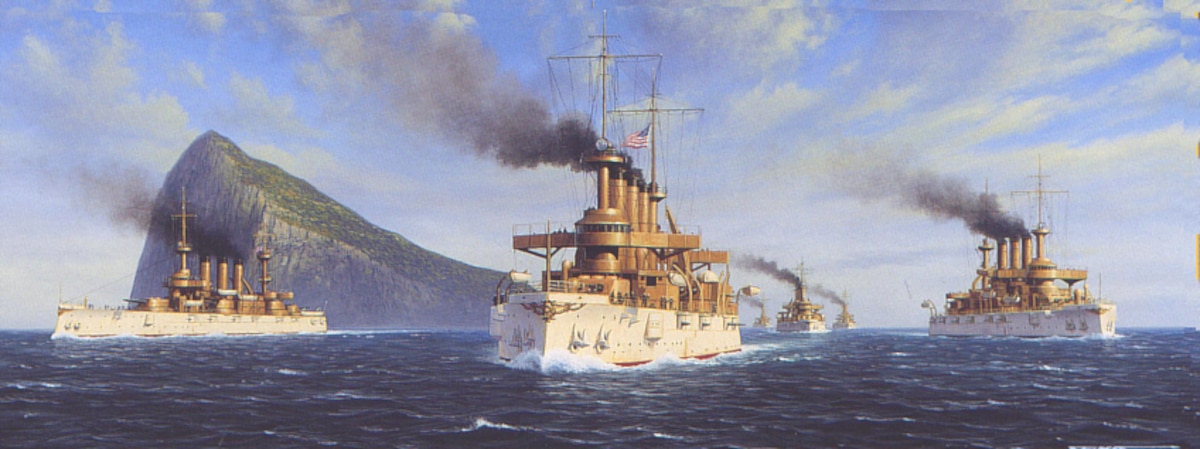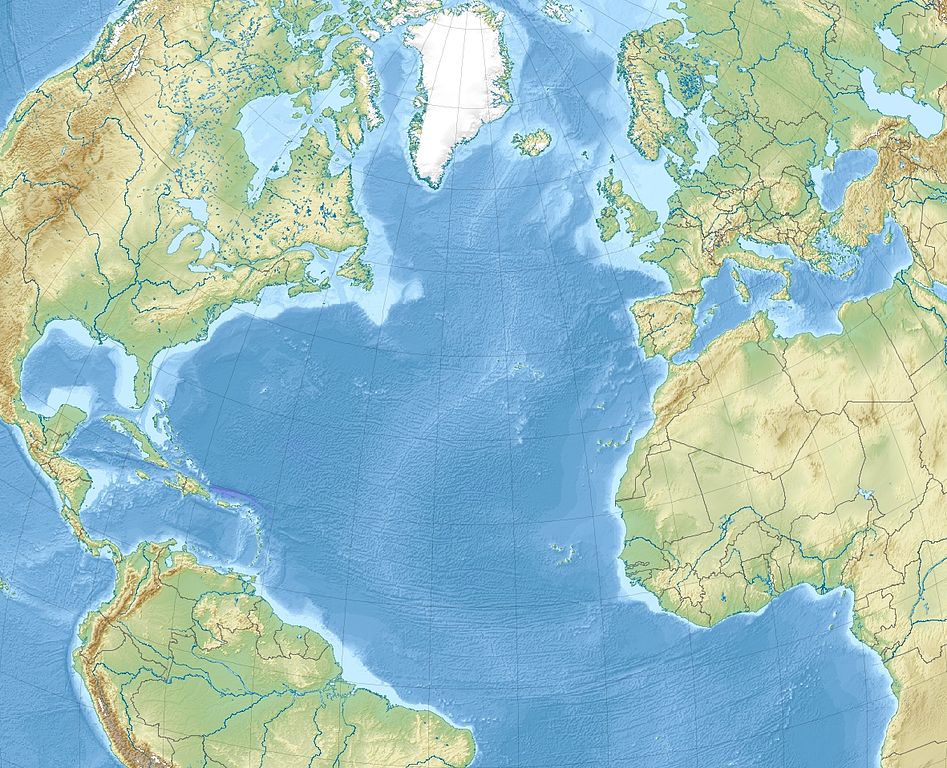The Geopolitics of the Tasman Sea: An Analytical Perspective
The Importance of the Tasman Sea ===
The Tasman Sea, located between Australia and New Zealand, plays a pivotal role in the geopolitics of the region. Spanning approximately 2.3 million square kilometers, this body of water serves as a crucial link between the Pacific and Indian Oceans. Its strategic location and rich resources have shaped the political, economic, and security dynamics of the area. This article provides an analytical perspective on the geopolitics of the Tasman Sea, examining historical, territorial, economic, environmental, security, and indigenous aspects, as well as the engagement of great powers and future projections.
=== Historical Background: Shaping the Geopolitical Landscape ===
The historical context of the Tasman Sea illuminates its significance in the geopolitical realm. Captain Abel Tasman’s discovery of Tasmania in 1642 and subsequent voyages established European presence in the area. Throughout the colonial era, European powers competed for control over Australia and New Zealand, leading to the establishment of British colonies. These historical events laid the foundation for the present-day political landscape and territorial claims in the region.
=== Territorial Claims: Australia, New Zealand, and Beyond ===
The Tasman Sea is predominantly governed by two countries – Australia and New Zealand – with both nations asserting their exclusive economic zones (EEZs) in the area. Australia’s claims are based on its continental shelf, while New Zealand’s claims are derived from its landmass and extended continental shelf. Beyond these two nations, smaller island countries such as Fiji, Vanuatu, and New Caledonia also have EEZs within the Tasman Sea, further complicating the territorial boundaries in the region.
=== Economic Significance: Trade and Resources in the Tasman Sea ===
The Tasman Sea serves as a critical trade route, facilitating the movement of goods between Australia, New Zealand, and their trading partners. The region’s abundant resources, including oil, natural gas, and fisheries, contribute to its economic significance. The extraction and utilization of these resources not only provide economic benefits but also spark debates over environmental sustainability and indigenous rights.
=== Maritime Disputes: Navigating Conflict in the Region ===
Maritime disputes in the Tasman Sea revolve around the delimitation of maritime boundaries, fishing rights, and access to resources. Disagreements over overlapping EEZs and the potential for resource depletion have led to tensions between Australia, New Zealand, and neighboring island countries. These disputes often require diplomatic negotiations and legal frameworks to find mutually agreeable solutions.
=== Environmental Concerns: Conservation and Sustainability Efforts ===
With its diverse marine ecosystems, the Tasman Sea is a vital habitat for marine species. However, the region faces numerous environmental challenges, including pollution, overfishing, and the impacts of climate change. Conservation and sustainability efforts, such as marine protected areas and fisheries management, aim to address these concerns and preserve the ecological health of the Tasman Sea.
=== Security Challenges: Safeguarding the Tasman Sea ===
The Tasman Sea presents security challenges such as maritime piracy, illegal fishing, and potential threats to critical infrastructure. Cooperation between Australia and New Zealand, as well as regional organizations such as the Pacific Islands Forum, contributes to the security and stability of the area. Additionally, intelligence-sharing and joint military exercises enhance the maritime security capabilities of the countries in the region.
=== Regional Cooperation: Diplomatic Initiatives and Alliances ===
Regional cooperation plays a crucial role in managing the geopolitical complexities of the Tasman Sea. Australia and New Zealand, as key players in the region, have established diplomatic initiatives such as the Australia-New Zealand Closer Economic Relations Trade Agreement and the Pacific Agreement on Closer Economic Relations. Additionally, alliances such as the Quadrilateral Defense Coordination and the Five Power Defense Arrangements further enhance security cooperation in the region.
=== Great Power Interests: Influence and Engagement in the Area ===
The interests of great powers, such as the United States and China, also shape the geopolitics of the Tasman Sea. These powers seek to expand their influence in the Pacific region through economic investments, diplomatic engagements, and military presence. Australia and New Zealand navigate the complexities of balancing their relationships with these powers while safeguarding their own interests and regional stability.
=== Indigenous Perspectives: Aboriginal and Maori Connections ===
Indigenous peoples, including the Aboriginal and Maori communities, have longstanding connections to the Tasman Sea. These communities have cultural, spiritual, and historical ties to the region, and their perspectives are crucial in discussions surrounding resource management, conservation efforts, and territorial claims. Recognizing and respecting indigenous rights and knowledge is essential in fostering a sustainable and inclusive approach to the geopolitics of the Tasman Sea.
=== Future Projections: Trends and Developments in the Tasman Sea ===
Looking ahead, several trends and developments will shape the geopolitics of the Tasman Sea. Climate change impacts, technological advancements, shifting trade patterns, and evolving regional dynamics will all influence the region’s political, economic, and security landscape. As countries adapt to these changes, cooperation, dialogue, and strategic foresight will be crucial in addressing emergent challenges and seizing opportunities for sustainable development.
Analyzing the Complexities of the Geopolitical Arena ===
The geopolitics of the Tasman Sea encompass a wide range of factors, including historical legacies, territorial claims, economic significance, environmental concerns, security challenges, regional cooperation, great power interests, indigenous perspectives, and future projections. Analyzing and understanding these complexities is vital in fostering stability, sustainability, and cooperation in the region. By navigating these issues effectively, countries in the Tasman Sea can forge a path towards shared prosperity and a harmonious regional order.

